-
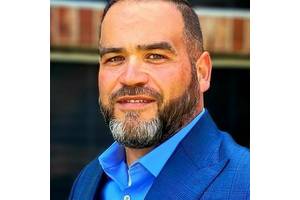
The Fleet of the Future: How Oceaneering is Redefining Offshore Operations
As offshore energy development confronts more applications, increasingly complex operating environments, and a turbulent global market, adaptability and integrated offerings may be the solution. At the center of this vortex is Oceaneering International’s Offshore Projects Group (OPG) and Vice President Dan Vela, who shared insights with MTR about the operations of a multi-vessel, multi-mission fleet.Dynamic…
-
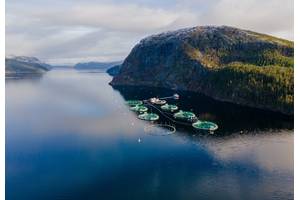
One Fish, Two Fish
Aquaculture plays an important role for the world, feeding billions around the planet. As the climate changes, fish stocks decrease and migrate to warmer waters, threatening species and global food security. Companies are adapting their technologies to combat these issues, including developing solutions to provide farmers with insight on fish health and welfare, encouraging sustainable farming practices, and adjusting to climate impacts.
-

At the Helm of the UKHO
This May, the UK Hydrographic Office (UKHO) appointed Vanessa Blake as its chief executive, a role she had filled on an interim basis since May 2024. Blake first joined the UKHO in 2023 as chief customer officer, drawn by how the role leveraged all her experience and skills while still presenting a new challenge.Employing a marketing tack"I love the variety, the passion of the people here to share our expertise and help mariners across the globe to navigate safely," said Blake.
-
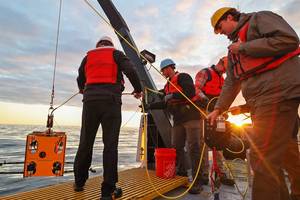
Shipwreck Windfall: ROV Expedition Captures Maritime History
The chill, freshwater depths of Lake Ontario may not first come to mind when thinking about shipwrecks, but an expedition by the Ocean Exploration Cooperative Institute (OECI) at the University of Rhode Island (URI) is challenging that perception. Its star explorer? A compact but mighty Remotely Operated Vehicle (ROV) named Rhody. What began as a mission to support NOAA’s interest in high-resolution…
-

Saildrone: USVs Have Only Scratched the Surface of Maritime Security
Increasing global instability and emerging threats are reinforcing the mission criticality of maritime security and ocean intelligence. To meet that challenge, Saildrone, a company that builds and operates one of the world's largest fleets of unscrewed surface vehicles (USVs), is redefining how oceans are explored, monitored and protected.At the helm is Brian Connon, vice president of ocean mapping and a former U.S. Navy oceanographer.
-
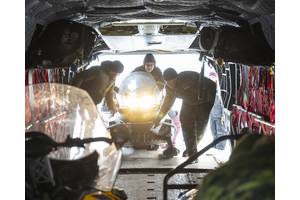
Coming in from the Cold: Canadian Arctic Security Takes Center Stage
More than 75% of Canada’s world-leading coastline (upwards of 150,000 miles or 240,000 kilometers) is Arctic, along with roughly 40% of the land. Geopolitical instability, mixed with strained relations with the United States, a rapidly warming climate and constant technological advancement have heightened northern security concerns, especially for a nation so intertwined with Arctic ecosystems and communities.Warm Weather…
-

Strong Winds, Calm Seas
In the race for renewables, scientists and researchers must keep operations as sustainable as the energy itself. Offshore wind is no exception; as the industry sees increasing demand and quick growth, establishing environmentally responsible operations and monitoring early on are key for long-lasting systems that are not destructive to local biodiversity. The SeaMe project (Sustainable Ecosystem Approach in Monitoring the Marine Environment)…
-
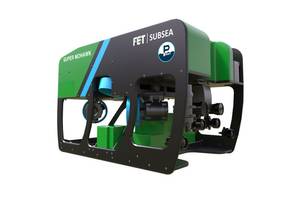
FET Inks Deal to Expand Shallow Water Ops
Forum Energy Technologies' (FET) Subsea Product Line has signed a contract for the sale of an electric Sub Atlantic Super Mohawk II remotely operated vehicle (ROV) and Dynacon Launch and Recovery (LARS) system to a North American subsea organization. The ROV will be used for shallow water operations in the Northeastern United States, marking the company’s first sale for river bed assessments alongside…
-
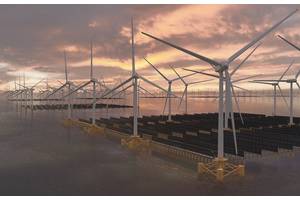
Tadek Ocean Engineering expands UK office
Tadek Ocean Engineering is celebrating 15 years in business with an expansion into new UK offices and a landmark 300 projects. Tadek specialises in the delivery of pioneering cable systems, risk advisory and analysis work to developers and owners of fixed and floating assets across marine, offshore and subsea sectors. They also focus on grassroots work in installation analysis and project engineering and management.They are also rapidly enhancing expertise in offshore renewables…
-
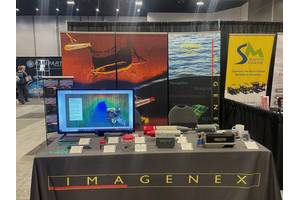
Oceans 2024: A Subsea Technology Showcase
The 2024 Oceans Conference in Halifax, Nova Scotia provided a unique glance into the newest innovations in the maritime sector. The industry continues to be proactive in sustainable and environmentally friendly technology, seeking to produce renewable energy, make maritime activities more efficient, and gather data to better assess, navigate, and predict the changing climate. Notable companies from the week to keep an eye on include:My Gear Tag…
-

Technology Time - Newfoundland & Labrador Style
In the market for innovative maritime, offshore and subsea technology? If so, it’s a good bet that your colleagues in Newfoundland and Labrador already have it … or will create it! If you happen to be in Halifax this week for Oceans 2024, be sure to stop by the Canada Pavilion Booth number 500 to visit with some of the following companies and many more.Newfoundland and Labrador (NL), Canada’s easternmost province…
-
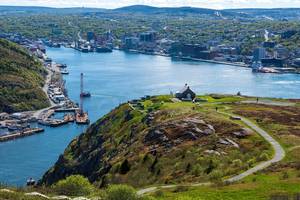
Spaces & Places: Inside the ‘Crown Jewels’ of Newfoundland & Labrador
The spaces and places of Newfoundland and Labrador’s maritime, offshore and subsea industries.The maritime industry in Newfoundland and Labrador (NL) is unique—versatile, adaptable, collaborative and community-focused. This is not only due to the North Atlantic’s proximity, providing some of the most challenging and harsh ocean conditions, but also to centuries of sea living by determined and innovative people who created spaces that encourage synergy and minimize barriers.
-

Jim McNeill is Leading Earth’s Citizen Warriors Across the Sea
In the face of intensifying climate change and associated environmental unknowns, one world explorer has spent decades mobilizing individuals with the knowledge tools to better live, work and play harmoniously with nature. Many communities, particularly from the Industrial Revolution through modern society today, have an inherently discordant relationship with the earth, no longer seeing themselves and their actions as part of the global ecosystem.
-

Mega Machine Deep Driller: JOIDES Resolution
The JOIDES Resolution embarks on Expedition 395 to understand the impacts of mantle plumes on deep ocean currentsThe world’s oceans, still largely unexplored, remain a treasure trove for scientists and researchers alike. Physical, chemical and biological features of the ocean interact with each other and in turn, influence oceanic, meteorological, atmospheric and even geological events. Drilling below…
-
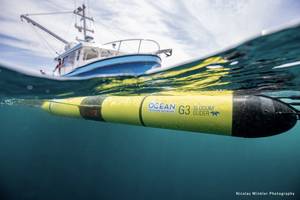
Marine Telemetry: Shedding Light Below the Waves
Marine telemetry can help species conservation and management in a changing climateAn OTN Liquid Robotics Wave Glider. © Nicolas Winkler PhotographyThe end of 2022 marked a potentially significant time for climate activists, scientists, and policymakers worldwide with two United Nations climate conventions—the 27th Climate Change Conference (COP27) in Egypt and the 15th Biodiversity Conference (COP15) in Canada.
-

Happy to be Blue
Dr. Anya Waite leads Ocean Frontier Institute’s interdisciplinary marine research.As published in the March/April edition of Marine Technology Reporter“There’s something compelling about the color blue,” said Dr. Anya Waite, scientific director and CEO of the Ocean Frontier Institute (OFI) and associate and vice president research (ocean) at Dalhousie University. As the bright sky shone through her office window and the waters of Halifax Harbor glimmered through the tree line…
-
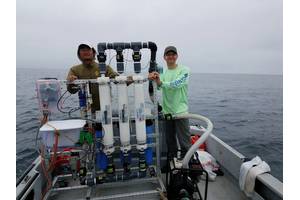
Stepping on the Gas: Rochester Researchers Team to tackle Methane Emissions
With global temperatures rising, oceans warming and ice caps melting, carbon dioxide attracts the bulk of the blame throughout media, public discourse and academia. All too many—save some scientists and researchers—neglect methane, the second biggest greenhouse gas that’s influenced by human activity. Often associated with livestock production and ruminant flatulence, methane has both natural and anthropogenic…
-
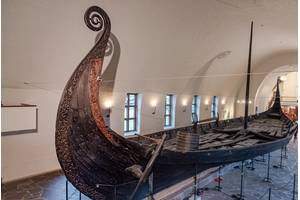
Insights from the 50th International Congress of Maritime Museums
For many, the ocean is life. It provides transportation, work, commerce, food, recreation—tales as old as time and shared by people across the globe. These stories are lived day to day, passed down between generations, and shared with the public through various media. Maritime museums assume responsibility to share these histories while honoring the communities shaped ocean exploration and commerce.
-

MTR100: Deep-sea Mining May Prove Pivotal in the Climate Change Discussion
During the past few years, much of the world has turned its eye towards adopting more sustainable practices and transitioning to net-zero and even carbon-zero emissions. Recent examples range from double-digit year-on-year electric vehicle (EV) sales percentage increases driven by individual consumer behavior to government pledges at the national, state and local level to lower emissions during the next three decades.
-
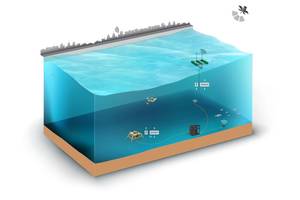
Energy @ Sea: Powering Up in the Blue Desert
Last year marked the beginning of the United Nations Decade of Ocean Science for Sustainable Development, lasting from 2021 until 2030. With 10 years comes 10 challenges—goals for regional, national and global participants to work towards for positive, collective impact on our oceans. Included in the 10 are ocean-based solutions for climate change, expanding the Global Ocean Observing System, creating a digital representation of the sea…
 August 2025
August 2025

Understanding our oceans: hydrographic solutions for navigation, surveys, communication and beyond.
Read the Magazine
This issue sponsored by:

First High-Tech Exploration of Argentina’s Mar del Plata Canyon Inspires Millions

Marine Technology Reporter is the world's largest audited subsea industry publication serving the offshore energy, subsea defense and scientific communities.
Subscribe

